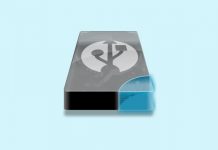
Seeing the “You need to format the disk before you can use it” message when you connect your external hard drive to your PC? If the drive was working fine earlier, this message may indicate hard drive corruption. Malware, improper usage, and even normal wear and tear can lead to corruption and data loss. Sometimes, fixing corruption entails formatting the drive. However, you can recover existing and deleted data from your external hard drive without formatting it. How? The sections below walk you through the process.
Why Do Hard Drives Become Corrupted?
There are many reasons why your external hard drive may trigger the “You need to format the disk before you can use it” pop-up window, and you need to understand at least the most common ones to determine the best data recovery approach.
| Reason | Description |
| 📖 Read/write issues | Traditional spinning hard drives are complex electro-mechanical devices that rely on the interaction of platters traveling anywhere from 5,400 to 12,000 RPM and delicate read/write heads hovering just a few nanometers above them. Anything from regular wear and tear to minuscule debris floating inside the hard drive enclosure can result in read/write issues and cause hard drive corruption and errors. |
| 🕷️ Software bugs | Files stored on a healthy hard drive can become corrupted because of software bugs. In such cases, corruption tends to be limited to the files accessed by the buggy software. However, things can become very bad if the buggy software has admin privileges and access to system files. |
| 🦠 Virus damage | While most viruses and other kinds of malware don’t corrupt data, some are programmed to do just that and cause as much damage as possible by deleting important system files or encrypting personal data. A reliable antivirus should be able to catch most viruses dead in their tracks, but your first line of defense should always be caution and common sense. |
| 💿 Manufacturer faults | Even the largest and most reputable hard drive manufacturers make mistakes and occasionally release a hard drive that requires a firmware update to work properly. It’s a good idea to check online if there isn’t an update available for your hard drive or if it hasn’t been recalled. |
| ☔ Poor operating conditions | Hard drives require certain operating conditions to work properly and reliably. Excessive heat, high humidity, or electrical surges can significantly reduce their lifespan or instantly cause damage, depending on their severity. |
You can fix your external hard drive once you recognize what caused the corruption. In some cases—physical damage—it’s better to use expert help, instead of attempting DIY fixes.
However, before fixing your drive, recover any existing and deleted data from the drive. We describe the data recovery process in the next section.
How to Restore Data from External Hard Drive
If you can’t access your external hard drive without formatting, you should use a software solution like Disk Drill Hard Drive Recovery to recover all important files from it. Disk Drill supports all major file systems (NTFS, FAT, FAT32, exFAT, EXT3/EXT4/, HFS, APFS) and lets you recover up to 500 MB for free.
To recover your files from an external drive using software:
- Download and install Disk Drill.
- Connect your external hard drive to your computer.
- Launch Disk Drill, select the external hard drive, and click Search for lost data.

- Wait for scanning to finish.
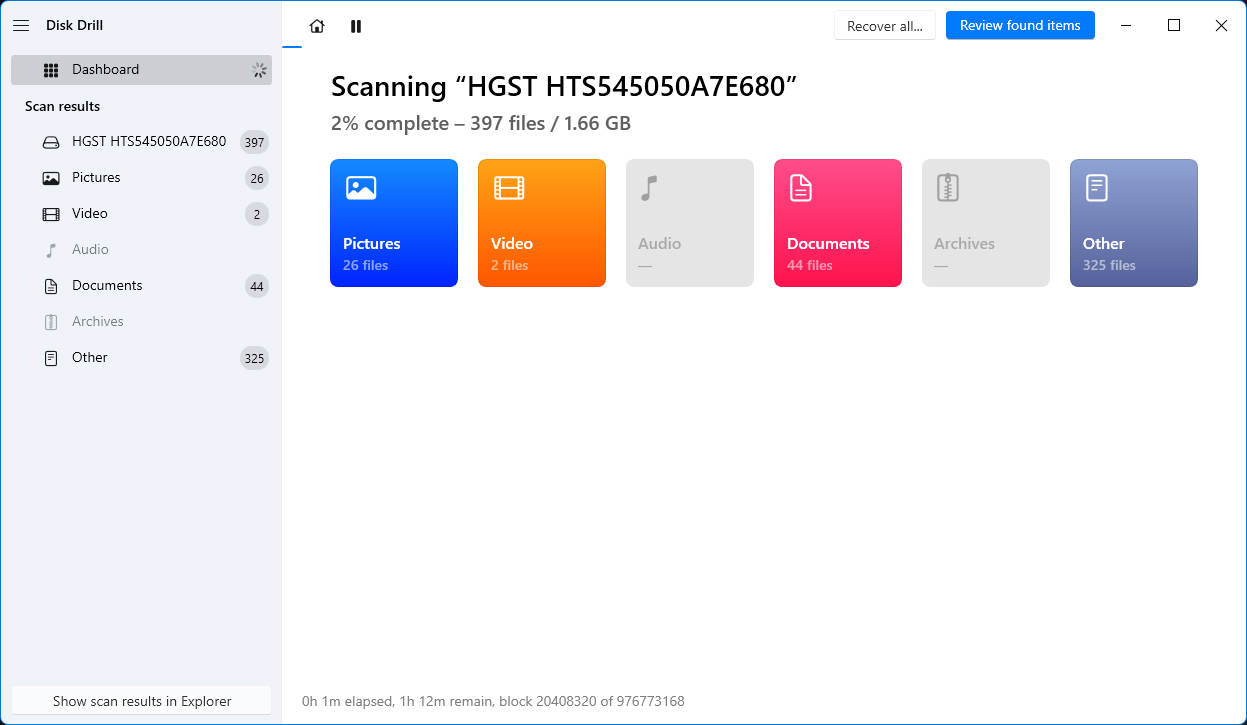
- Preview and select the files you want to recover.
- Click the Recover button at the bottom.

- Select the recovery destination and click Next.
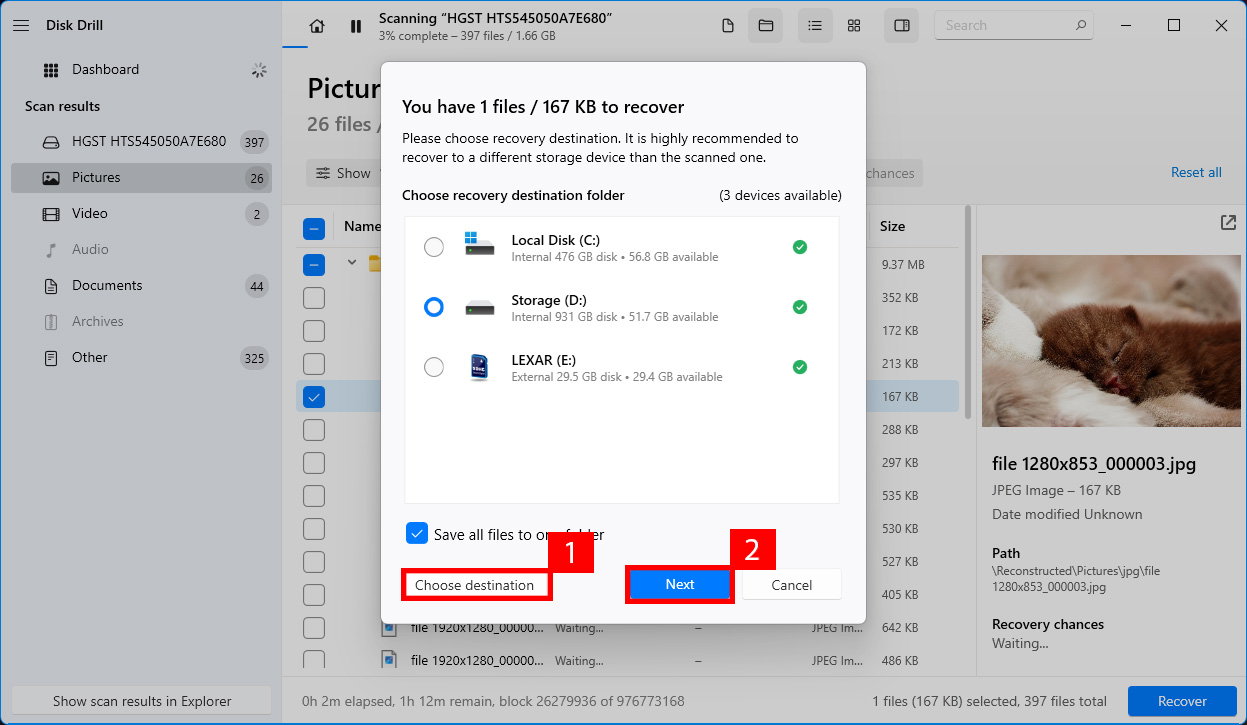
Sometimes though, you can’t take any risks. We recommend contacting Data Recovery Service if you don’t wish to take any chances with your data, as no data recovery program can guarantee data recovery.
Here’s what to expect when contacting a professional data recovery service:
- Find a good data recovery service in your area. Good reviews, customer testimonials, and a transparent walkthrough of how the service recovers your data, are all green flags to look for.
- Contact the professional data recovery service. Most have a 24/7 emergency hotline.
- Describe your data loss scenario in detail.
- Ship your hard drive, or drop it off at a designated drop-off spot.
- The data recovery service will analyze the drive and get back to you with details of the data that’s recoverable, and what it will cost.
- You can then choose to proceed with data recovery.
How to Fix External Hard Drive without Formatting
If your hard drive needs to be formatted, it means that the drive is not properly recognized by your computer and needs to be initialized and prepared for use. This can happen for a number of reasons, such as if the drive has become corrupted, if it is not properly connected to your computer, or if it has been damaged in some way.
Formatting a hard drive will erase all of the data on the drive, so we will discuss how to fix the drive with other methods.
Method 1:Check the Connection
When troubleshooting external hard drive corruption, it’s easy to get deep into the technicalities and overlook the obvious, such as a connection problem. That’s why we recommend you try the following before you jump into more complex solutions:
- Make sure the USB cable is intact: Examine the USB cable connecting your external hard drive with your PC for any visible signs of wear and tear. If the cable looks damaged, replace it with a new one.
- Try a different USB port: Full-size USB ports should survive at least 1,500 cycles of insertion and removal, but that’s not always the case. To rule out this potential culprit, switch to another USB port on your computer.
- Connect the hard drive to a different PC: Your computer’s system-specific issues might be preventing the drive from functioning correctly. That’s why we recommend you connect your external hard drive to another PC or laptop.
If you’ve ruled out a simple connection issue, you can proceed with more advanced troubleshooting methods.
Method 2:Scan Your Computer for Viruses
To scan your computer for viruses, you don’t need to download any third-party antivirus software solution. You can simply use Windows Defender, which is included in all recent versions of the Windows operating system and outperforms even paid solutions.
To scan your computer for viruses with Windows Defender:
- Type “windows security” in the Taskbar search box and press Enter.

- Select Virus & threat protection from the menu on the left.
- Select Scan options under Quick scan.
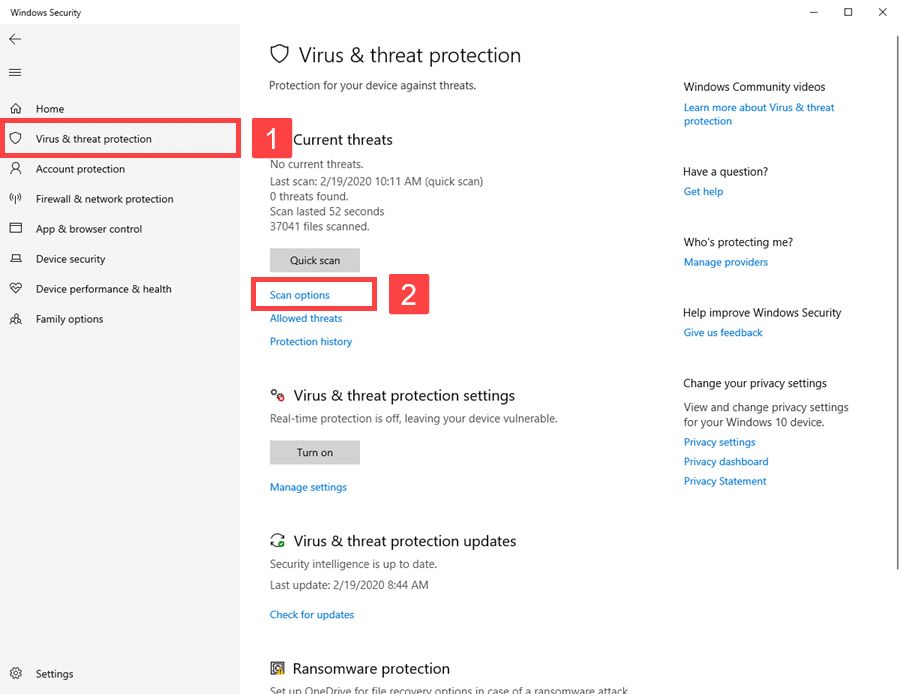
- Choose Full scan and click the Scan now button to check all files and running programs on your hard drive.

Method 3:Use CHKDSK to Fix File System Errors
First released in 1980, CHKDSK (short for check disk) is a command-line tool capable of listing and correcting disk errors. When used with the appropriate parameter, it can check the disk surface for bad sectors and mark them accordingly. After fixing all disk errors with CHKDKS, you should be able to access your external hard drive without formatting.
To fix logical file system errors with CHKDSK:
- Type “cmd” in the search box on the taskbar and select Run as administrator.
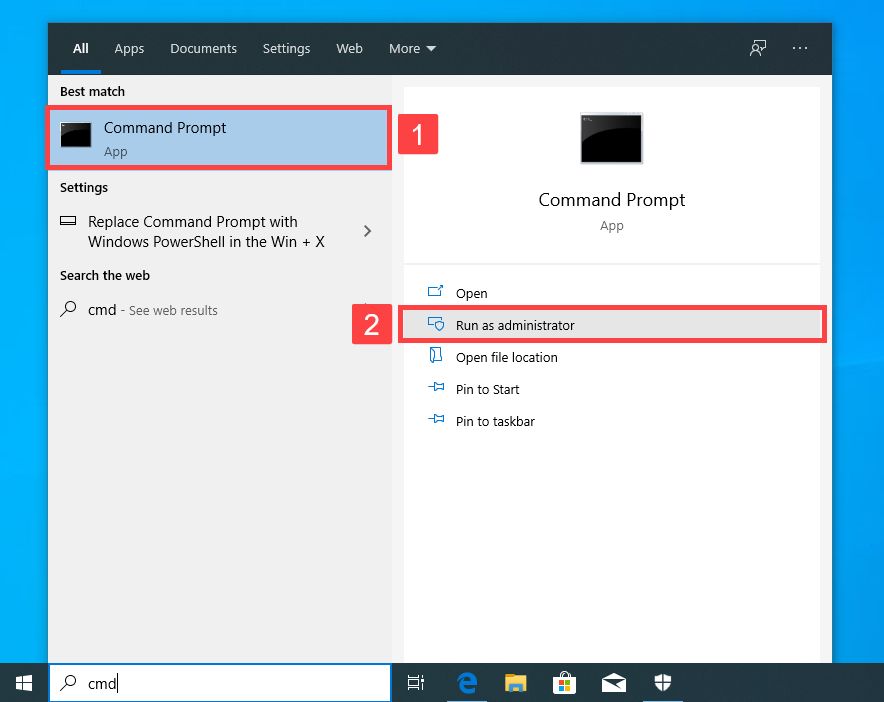
- Enter the following command (make sure to replace X with the letter assigned to the hard drive you want to fix) and press Enter:
chkdsk X: /R - Wait for CHKDSK to finish. The process may take several hours depending on the size of your hard drive.

The /R parameter tells CHKDSK to checks the entire disk surface for bad sectors and repair them if possible.
Method 4:Replace Corrupted Files with SFC
The Windows System File Checker (SFC) is a command-line tool for repairing corrupted system files in a Windows installation. A corrupted Windows installation may behave erratically and make it impossible for you to access your external hard drive.
To replace corrupted files with SFC:
- Type “cmd” in the search box on the taskbar and select Run as administrator.

- Enter the following command and press Enter:
sfc /scannow. - Wait for SFC to finish. The process usually takes around an hour.

Method 5:Change the Drive Letter
Whenever you connect an external hard drive to your computer, it should automatically get a drive letter assigned to it. The rare instances when that doesn’t happen sometimes stem from file system corruption, or they can be random glitches in your computer’s operating system. In any case, you can change the drive letter manually as a quick and easy solution:
- Press Win + X and select the Disk Management tool.
- Locate your external hard drive and right-click on it.
- Select the Change Drive Letter and Paths option from the context menu.
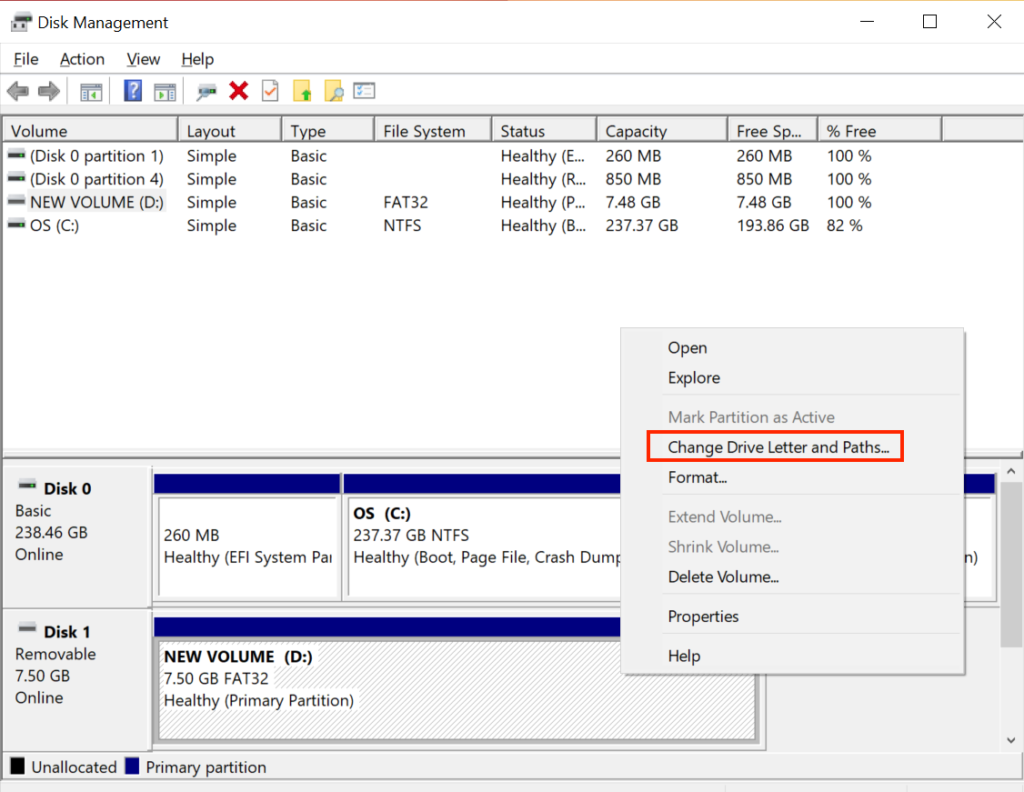
- Click the Add button and pick a new drive letter.

- Confirm by clicking the OK button. Then, click OK again to close the Change Drive Letter and Paths window.
If you’ve ruled out a simple connection issue, you can proceed with more advanced troubleshooting methods.
Symptoms of External Hard Drive Corruption
You can avoid having to restore data from your external hard drive if you learn to recognize early signs of hard drive corruption.
- ⚠️ Hard drive not recognized: When you connect your external hard drive to your computer, it should be instantly recognized every single time. If the hard drive is sometimes not recognized, it might be corrupted, and you should back up your data as soon as possible.
- 🔊 Strange sounds: Do you sometimes hear clicking, whirring, or whining noises when using your external hard drive? If so, the hard drive might be developing a mechanical problem that could cause it to stop functioning at any moment.
- 📐 Wrong hard drive size: It’s normal for a 1 TB hard drive to have an actual capacity of just 931 GB because hard drive manufacturers market drives in terms of decimal capacity. But if your external hard drive is missing an unexplainably large amount of storage capacity, there’s probably something wrong with it.
- 🔎 Missing or unreadable files and folders: This telltale sign of hard drive corruption is easy to overlook because modern hard drives can store millions of files, making it impossible to check each file manually. Fortunately, there are software solutions like CHKDSK that can scan your entire external hard drive and detect corrupted files and folders.
- 🚀 Poor performance: Your hard drive should be able to reach its specified read/write speed. Constant performance problems can be caused by the hard drive trying to overcome file system corruption, so you shouldn’t ignore them.
Tip: Don’t Forget to Frequently Back Up Your Data
Creating regular backups is the only sure-shot way of protecting yourself against data loss. You can back up your files individually, or use dedicated backup programs to schedule automatic, or manual backups, We suggest backing up important files to multiple locations.
We recommend using a dedicated backup tool like Perfect Backup to back up your data. The free version of the tool is more than enough for most users, as it lets you back up all your files and folders. If you wish to create a disk image, or back up application data, you’ll require the app’s PRO version.
Here’s how to back up your files and folders using Perfect Backup:
- Download Perfect Backup and install it.
- Open Perfect Backup. Ensure your external hard drive, and the drive where you’ll store the backup, are connected to your PC.
- Click on New Job.

- Click Files and Folders Backup in the next window.
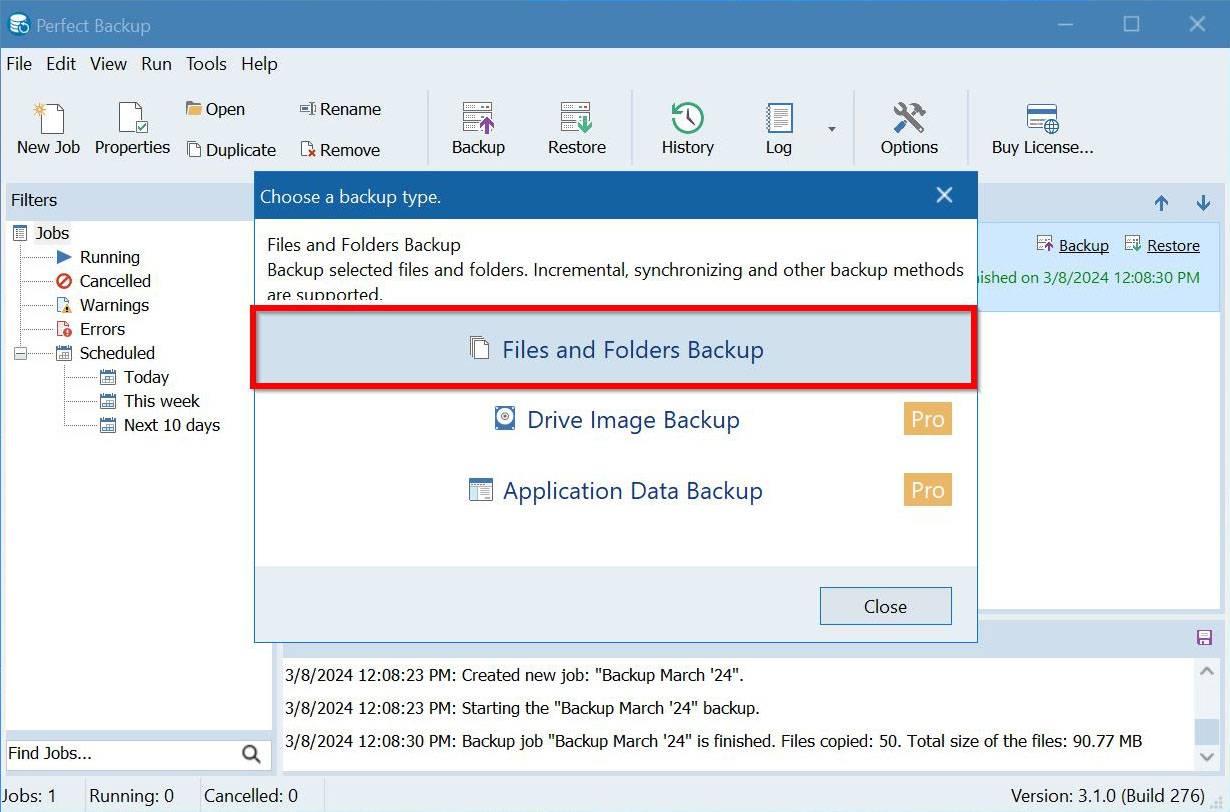
- Type in a name for the Backup Job, and click OK.

- Tick the drive, or files/folders you wish to back up, and click Next.

- Choose a backup location. You can store backups on local or external drives, network locations, FTP servers, and cloud services. Click Next after selecting the desired location.

- Choose a backup type – Incremental, Differential, or Full Backup. Here, we opted for a full backup. Click Next.

- Choose whether you’d like to compress the backup to save disk space. Click Next.

- Tick the days of the week, or month options, if you’d like to create a backup schedule of the current backup. If you only wish to perform a one-time backup, leave the options unchecked. Click the drop-down arrow next to Save, and choose the Save & Run option.

- Perfect Backup will begin backing up your files and folders.
Conclusion
Dealing with a corrupted external hard drive is never pleasant, but formatting the hard drive and losing your data in the process is usually not necessary. Regardless of why the hard drive has become corrupted, there are several solutions that you can try to regain access to its contents, and we’ve described the most effective ones here in this article. Now it’s up to you to put them into action. Good luck!
FAQ
- Download and install Disk Drill for Mac.
- Connect the external hard drive to your Mac.
- Launch Disk Drill and click the recovery button next to the external hard drive.
- Open the Control Panel.
- Set the View by option located under the search box to Small icons.
- Select Windows To Go.
- Launch CMD as administrator.
- Enter the following command: convert X: /fs:ntfs (replace X with the actual drive letter assigned to your external hard drive)
- Press Enter on your keyboard and wait for the convert command to finish.




